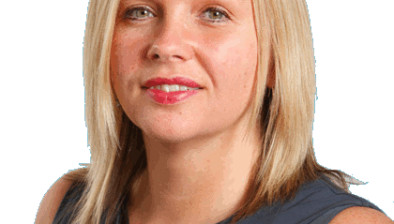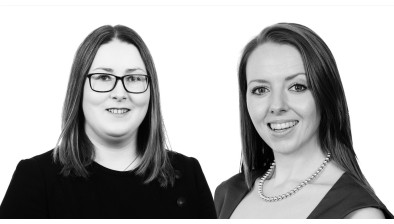Catriona Torrance: The IHT magic million - true or false?
You might recall headlines a few years ago, amid political jostling, of £1 million free of inheritance tax? Well, as of 6 April this year, this became true – for a limited number of people in particular circumstances. So, asks Catriona Torrance, who falls into this ‘magic million’ category?

Catriona Torrance
Firstly, it’s important to remember each person’s estate is dealt with individually. Married couples or civil partners do not have one joint estate, they have two individual estates and two separate wills. Their estates are dealt with in the order in which they die.
For inheritance tax purposes, each individual estate has a ‘nil rate band’ allowance of £325,000, so the value up to £325,000 is charged at 0 per cent. Ignoring any other exemptions or allowances, the value over that allowance is charged at 40 per cent.
There is, however, a relatively new ‘residence nil rate band’ allowance. If you leave your home to direct descendants, your estate will get this extra allowance which, from 6th April, is up to £175,000. That brings the total allowance to £500,000 - but that’s only halfway to £1 million.
Second, anything you leave to your spouse or civil partner is exempt from inheritance tax and doesn’t use the nil rate band allowances – and allowances can be transferred between spouses or civil partners. So, if the first to die left everything to their spouse/civil partner, their allowances would not have been used and 100 per cent of the nil rate bands can be transferred to the second estate. And that’s how you get the magic million.
But as with a lot of things tax-related, there are more hoops to jump through. The basic nil rate band applies regardless of what assets you own or who is inheriting them, but the residence nil rate band is tied to a specific asset AND specific beneficiaries. Both must apply to be eligible. The narrow definition is if you never owned your house, your estate won’t get the allowance. And/or if you don’t have children, your estate won’t get the allowance. And if you do own your house and it’s valued at less than £350,000, the allowance is restricted to the value of the house.
Further complicated rules broaden the scope. If you previously owned your house but had sold it prior to death (e.g. downsizing or moving into residential care) you can still claim the higher allowance that would otherwise have applied.
The scope of beneficiaries is broadened by the inclusion of grandchildren, stepchildren and spouses of children, but no other class of beneficiary, like nephews and nieces.
And it doesn’t matter when the first spouse/ civil partner died, the transferrable allowances apply even if the first death was decades ago. But you can only transfer up to 100 per cent of the allowances – if you have been widowed twice, you cannot transfer 200 per cent of the allowances.
How many people will actually benefit from this? Family demographics are much more complex than the ‘traditional’ married couple leaving everything to each other in the first place and then everything to children on the second death. Couples who are not married do not get the spouse exemption and will use up at least part of the nil rate band allowances on the first death. If you do not have children, you will not get the residence nil rate band allowance. If a couple have children from previous relationships and leave assets to their own children first, this will use the nil rate band allowance so on the second death there will be less transferrable allowance.
The rules add an extra layer of complexity when winding up estates; this was certainly not done with tax simplification in mind. Although much is made of preserving the family home, children inheriting the property are often in their 50s or 60s, owning their own homes already. The house in the estate, although it may have sentimental pull, is not their ‘family home’ and is usually sold A more straightforward way to preserve value to be passed to family would have been to simply increase the basic nil rate band, without tying this to a particular asset or specific beneficiaries.
- Catriona Torrance is an associate at Balfour and Manson









